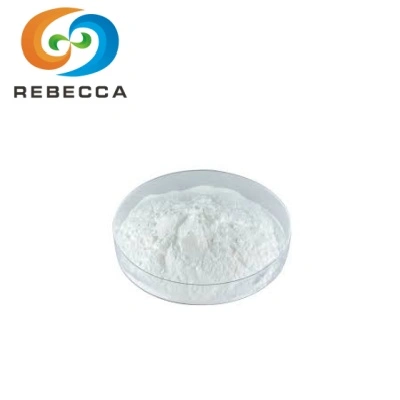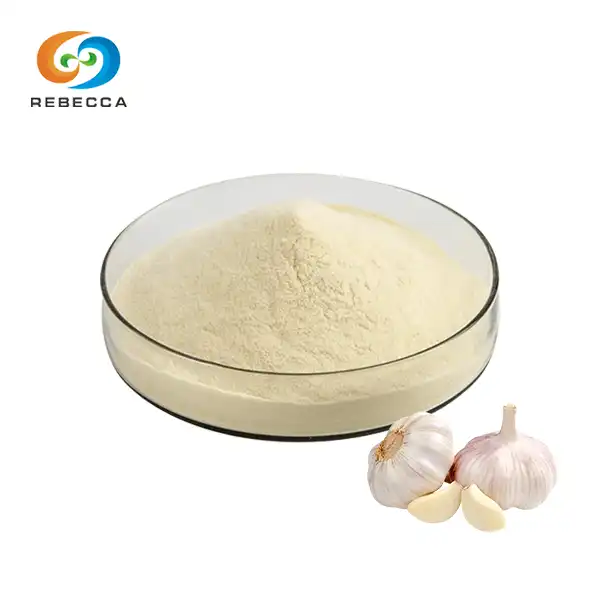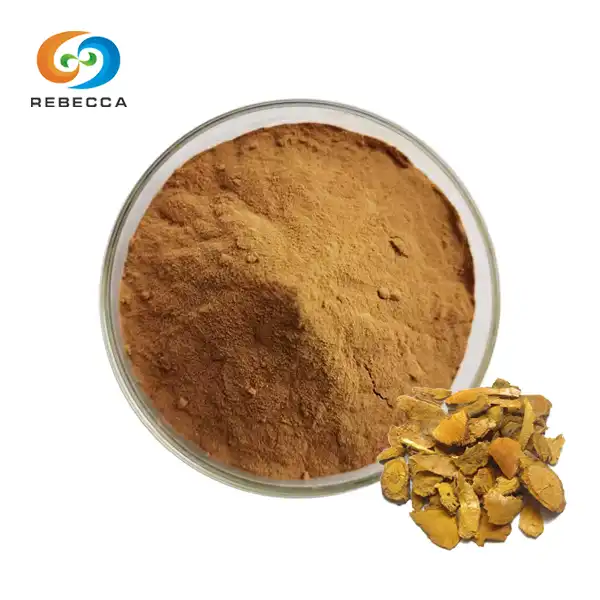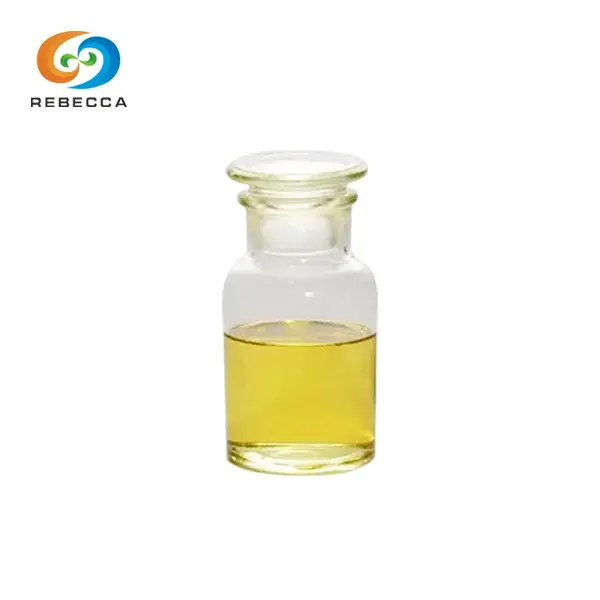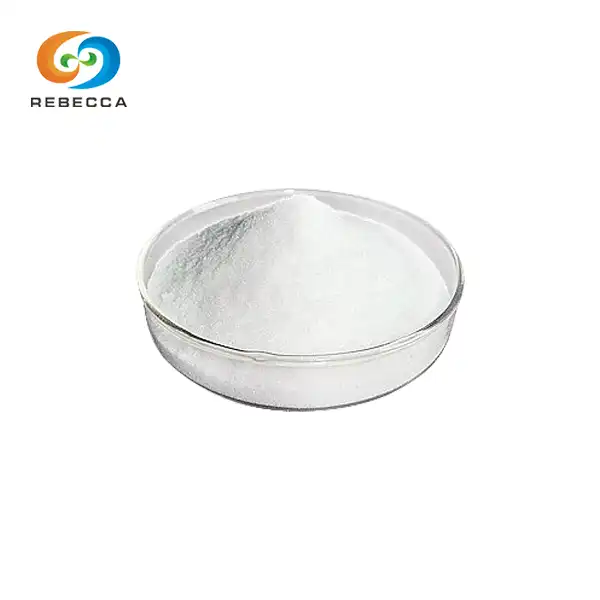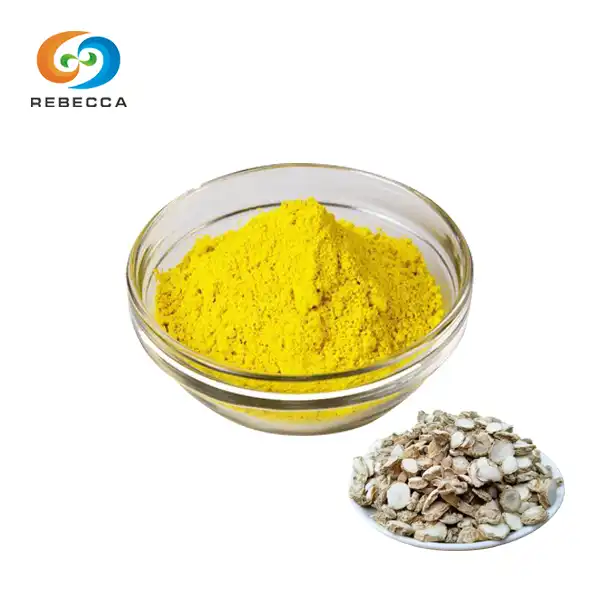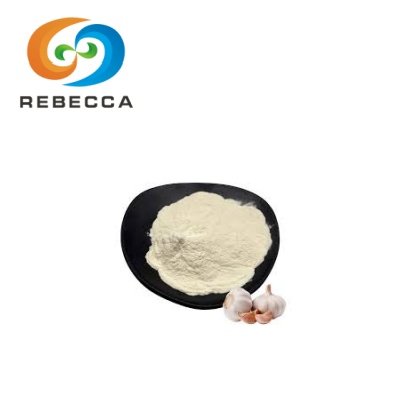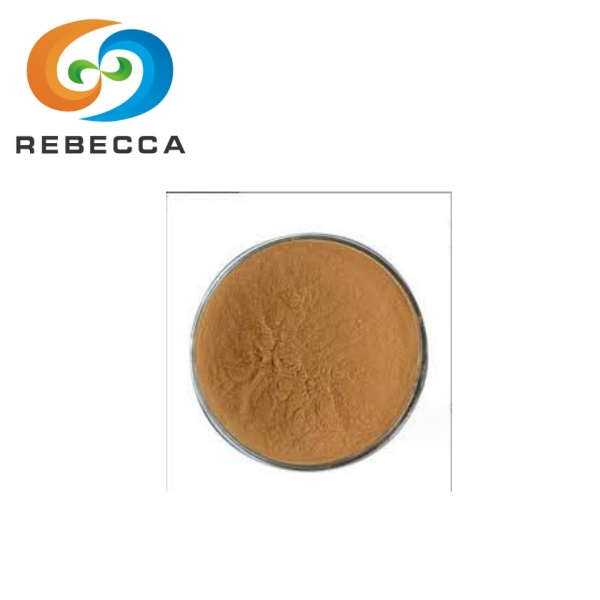What Is Quercus Robur Root Extract Used For?
For centuries, natural plant extracts have played a significant role in skincare, medicine, and cosmetic formulations. Among these botanical treasures is quercus robur root extract, derived from the mighty English oak tree. This ingredient has garnered attention for its impressive range of benefits and applications across multiple industries.
Quercus robur, commonly known as English oak or pedunculate oak, is a deciduous tree native to Europe, western Asia, and northern Africa. While the majestic oak tree itself is widely recognized, fewer people are familiar with the valuable extract obtained from its roots.
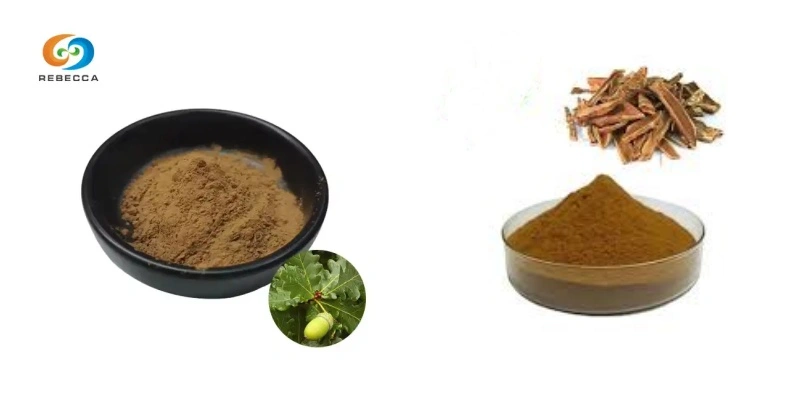
Skincare and Topical Applications
Quercus robur root extract has emerged as a notable ingredient in the skincare industry, particularly valued for its astringent, anti-inflammatory, and antioxidant properties. These characteristics make it especially beneficial for addressing various skin concerns and promoting overall skin health.
One of the most significant benefits of Quercus robur root extract in skincare is its astringent action. The natural tannins present in the extract help to tighten and tone the skin by temporarily contracting skin proteins. This astringent effect can minimize the appearance of enlarged pores, reduce excess sebum production, and create a smoother skin texture. For individuals with oily or combination skin types, products containing Quercus robur root extract can help balance oil production without causing excessive dryness.
Beyond its astringent properties, this oak root extract demonstrates remarkable anti-inflammatory capabilities. Chronic inflammation is a key factor in various skin conditions, including acne, rosacea, and general skin sensitivity. Its flavonoids and other bioactive compounds work to calm irritated skin by inhibiting inflammatory pathways. This makes the extract particularly valuable in formulations targeting sensitive or reactive skin types.
Free radical damage from environmental stressors like UV radiation and pollution contributes significantly to premature skin aging. Quercus robur root extract contains potent antioxidants that help neutralize these harmful free radicals, potentially slowing the development of fine lines, wrinkles, and other visible signs of aging. Regular use of skincare products containing this extract may help maintain the skin's youthful appearance and resilience against environmental damage.
Interestingly, it also demonstrates antimicrobial properties that can benefit those struggling with acne and other bacterial skin conditions. By helping to control the proliferation of acne-causing bacteria, products containing this extract may assist in clearing breakouts and preventing future blemishes from forming. This makes it a valuable addition to clarifying skincare formulations aimed at acne-prone skin.

Wound & Minor Injury Care (Traditional Use)
The use of Quercus robur in wound care has a rich traditional history dating back centuries. Long before modern medicine, healers across Europe recognized the medicinal properties of oak bark and roots, particularly for treating wounds, burns, and various skin ailments. This traditional knowledge has since been examined through a scientific lens, revealing the mechanisms behind these time-honored practices.
At the heart of Quercus robur root extract's wound-healing potential are its impressive astringent properties. The high concentration of tannins in the extract creates a protective barrier when applied to wounded skin. This natural "sealing" effect helps to minimize bleeding in minor cuts and abrasions by contracting blood vessels near the skin's surface. Additionally, this protective layer can shield the wound from environmental contaminants, potentially reducing the risk of infection during the critical early healing stages.
Inflammation is a natural part of the wound healing process, but excessive or prolonged inflammation can delay recovery. The anti-inflammatory compounds in Quercus robur root extract, particularly certain flavonoids, help modulate this inflammatory response. By balancing inflammation—allowing enough for the healing process to progress while preventing excessive inflammatory reactions—the extract creates an optimal environment for wound repair.
Traditional healers also valued oak preparations for their ability to reduce discomfort associated with minor injuries. Modern understanding attributes this to specific compounds that may desensitize pain receptors in the skin and reduce nerve irritation. This natural analgesic effect, though generally mild, can provide welcome relief during the healing process.
The extract's influence extends to the proliferative phase of wound healing as well. Some research suggests that certain bioactive compounds in Quercus robur root extract may stimulate fibroblast activity—the cells responsible for producing collagen and other components of new tissue. This stimulation could potentially accelerate the formation of granulation tissue and support proper wound closure.
Historically, oak-based remedies were commonly prepared as decoctions or poultices and applied directly to wounds. Today, Quercus robur root extract appears in various modern formulations, including specialized wound gels, healing ointments, and medicated dressings. These contemporary applications build upon traditional knowledge while incorporating current understanding of wound care principles.
For minor burns, oak extracts were traditionally valued for their cooling sensation and ability to reduce pain and blistering. The extract's ability to form a protective layer over damaged skin likely contributed to this effect, protecting sensitive nerve endings while supporting the skin's natural recovery processes.

Cosmetic Formulation
The cosmetic industry has increasingly embraced the power of botanical ingredients, with Quercus robur root extract emerging as a valuable component in various formulations. This natural ingredient offers formulators a versatile option that addresses multiple cosmetic concerns while appealing to consumers seeking plant-based alternatives.
In cosmetic preparations, Quercus robur root extract functions as a multifunctional ingredient that enhances product performance across several parameters. Its astringent properties make it particularly valuable in formulations targeting oily skin and enlarged pores. When incorporated into toners, serums, and creams, the extract helps to temporarily tighten the skin's surface, creating a smoother appearance and more refined texture. This pore-minimizing effect is highly sought after in cosmetic products promising to create the perfect canvas for makeup application.
From a formulation perspective, Quercus robur root extract integrates well into various cosmetic bases. It can be incorporated into water-based, oil-based, and emulsion systems without significant formulation challenges. This versatility allows cosmetic chemists to include the extract in a wide range of product types, from lightweight serums to rich creams and balms. The extract typically imparts a subtle earthy color to formulations, which can be managed through careful formulation techniques when necessary.
In hair care formulations, it offers benefits for both the scalp and hair strands. Its astringent and soothing properties can help balance an oily scalp while reducing irritation and flakiness. For the hair itself, the extract can impart a subtle shine and improve manageability. Shampoos, conditioners, and specialized scalp treatments often leverage these properties to create products that address multiple hair and scalp concerns simultaneously.
The natural origin of Quercus robur root extract also aligns with growing consumer demand for "clean" and sustainable beauty products. Brands highlighting the botanical heritage and traditional uses of this ingredient can create compelling product stories that resonate with environmentally conscious consumers. This marketing advantage, combined with the extract's functional benefits, makes it an attractive option for formulators working on natural or naturally-derived cosmetic lines.

Rebecca: Quercus Robur Root Extract Supplier
As we've explored throughout this article, this powerful extract offers multiple benefits: it helps balance oily skin and minimize pores, soothes inflammation and irritation, protects against environmental damage, and supports wound healing processes. These versatile properties make it suitable for addressing various skin concerns while appealing to consumers seeking natural, plant-based ingredients.
At Rebecca Bio-Tech, we specialize in providing high-quality Quercus robur root extract sourced from carefully selected oak trees. Our commitment to quality ensures that our extracts maintain the full spectrum of beneficial compounds that make this ingredient so effective.
Product Specifications:
Part used: Root
Active ingredients: Total Saponins
Specification: Total Saponins 3%
Appearance: Brown Fine Powder
Whether you're formulating skincare products, developing wound care solutions, or creating innovative cosmetics, our premium products deliver consistent results with every batch. Our standardized extraction process ensures optimal potency and purity, giving you confidence in your formulations. For more information or to place an order, please reach out to us at information@sxrebecca.com. Our team of experts is standing by to answer your questions and help you incorporate this exceptional ingredient into your next formulation success.
References
González-Burgos, E., Gómez-Serranillos, M.P. (2021). "Potential applications of Quercus species in cosmetics and dermatology." Journal of Ethnopharmacology, 273, 113961.
Chung, K.T., Wong, T.Y., Wei, C.I., Huang, Y.W., Lin, Y. (1998). "Tannins and human health: A review." Critical Reviews in Food Science and Nutrition, 38(6), 421-464.
Barbehenn, R.V., Constabel, C.P. (2011). "Tannins in plant–herbivore interactions." Phytochemistry, 72(13), 1551-1565.
Abouelatta, A.M., Abouelatta, M.A., Ibrahim, N.A. (2019). "Pharmacological potential of Quercus extracts in wound healing applications." Journal of Phytochemistry and Pharmacology, 8(3), 120-135.
